We live in the age of DIY. There’s a series of how-to videos on the Internet for nearly everything. So, when it comes to repairs, a lot of homeowners think they can tackle it themselves. These are some of the home repairs I think most people can handle on their own. That said, if you aren’t sure of your abilities: bring in a pro. The only thing more expensive than bringing in an expert is bringing in an expert to fix amateur mistakes. Don’t forget to wear your safety equipment!
Mike Holmes is one of HGTV Canada’s go-to contractors and the host of Holmes and Holmes, Holmes: Buy it Right and Home to Win.
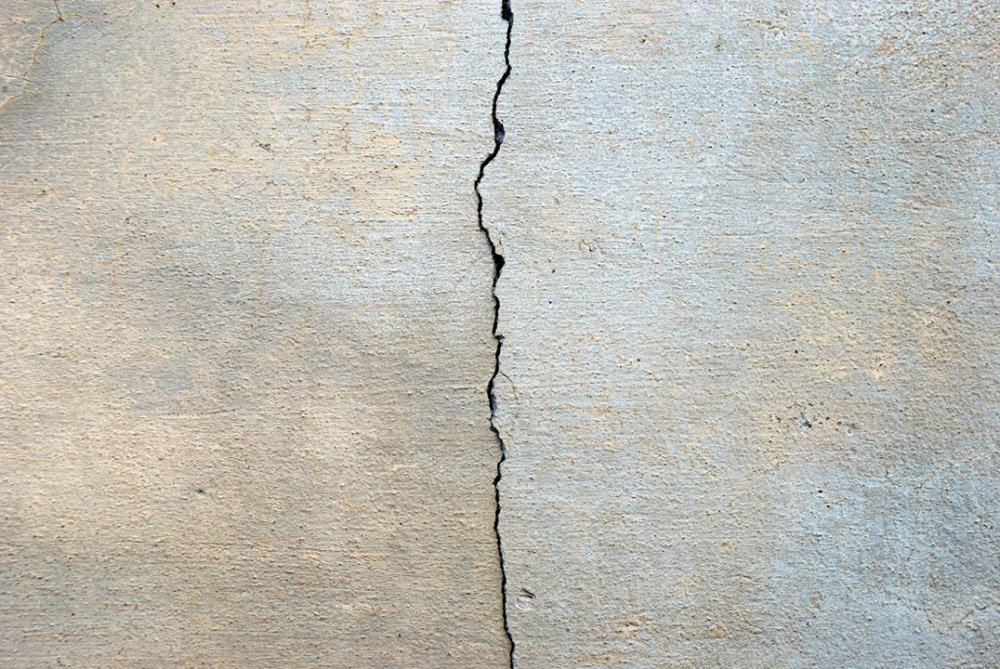
Walkway Cracks
Small cracks in your walkways can grow into a big problem, especially during the freeze/thaw cycle. If water seeps in, it can cause the walkway to heave as it freezes. Before that happens, pick up some crack-fixing epoxy from your local hardware store. It’s pretty simple to use for homeowners of most skill levels.
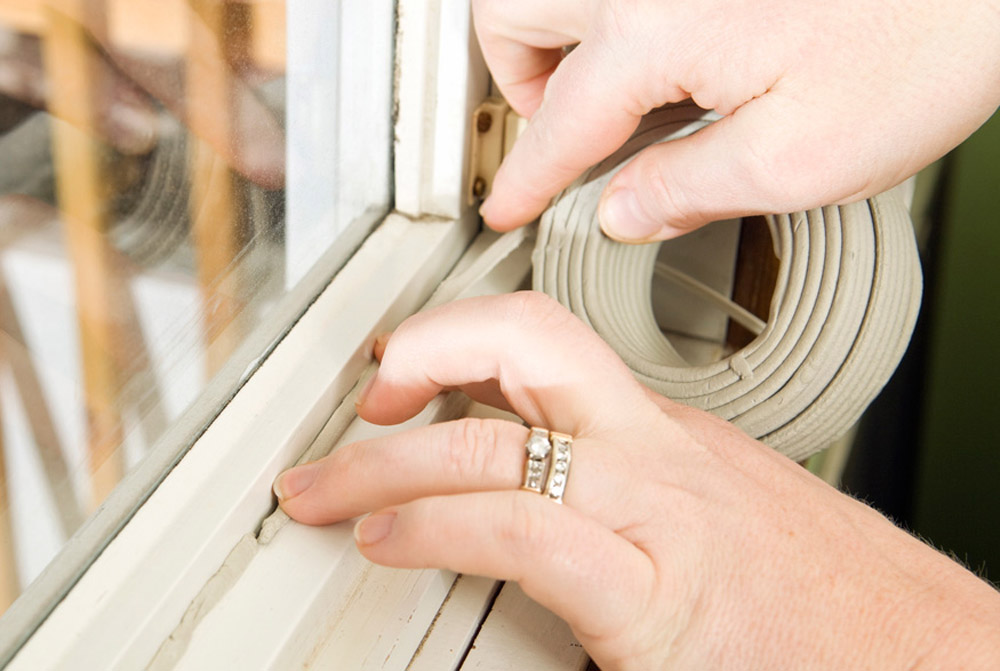
Drafts
Drafts can account for upwards of 30 per cent of a home’s heat loss. If it’s only one room that feels too cold, did you move furniture recently? Ensure that you didn’t accidentally cover any cold air returns. If that’s not the case, do a check of the caulking and weather stripping around your doors and windows. Replace any that are broken or missing. Also, seal around outdoor pipes using a construction sealant to prevent cold air from coming into the house. Do all of this and see if there’s a difference in your energy consumption before calling in the HVAC tech.
Speaking of energy consumption, here are 9 small upgrades to make your home more energy efficient.
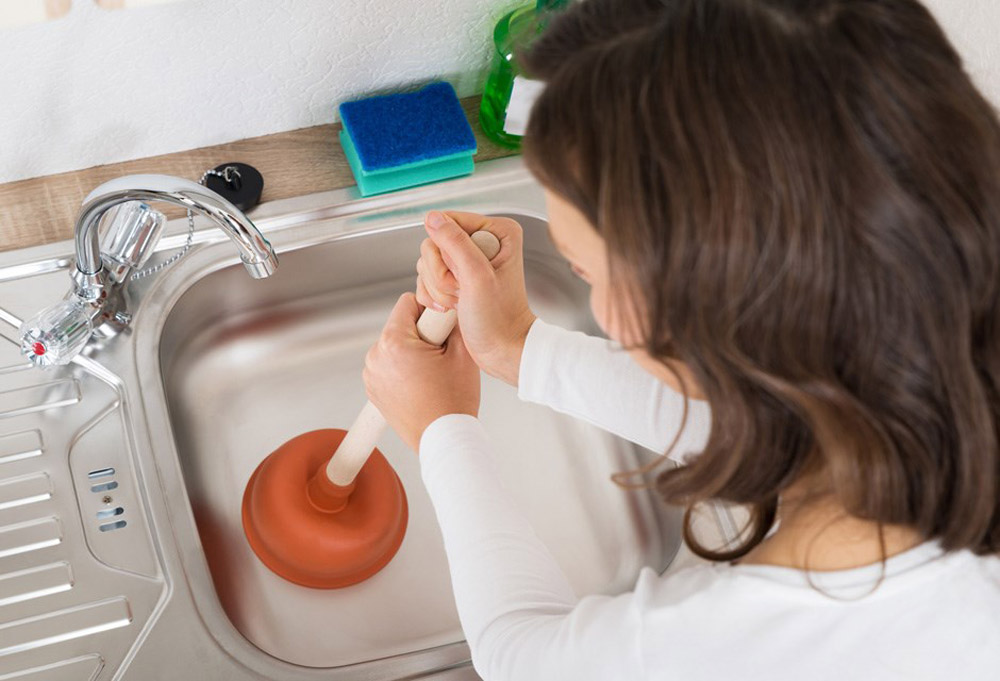
Minor Drain Clogs
To fix minor drain clogs, fill the sink with a little bit of water to seal the plunger to the drain. Plunge steadily about a dozen times. You may find that water begins to drain. If it’s still slow, plunge a few more times. Once it seems clear, run hot water down the drain to break up any remaining remnants. If that doesn’t do the trick, call the plumber.
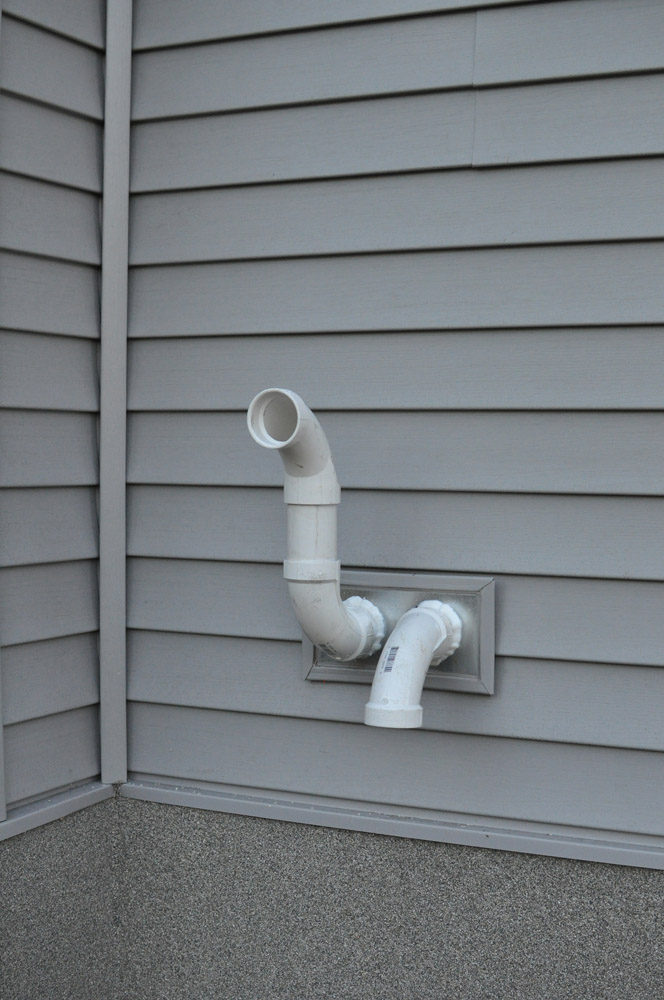
Furnace Maintenance
I shouldn’t have to remind you to check and change your HVAC filters (at least every three months and monthly during the summer and winter), but if you’ve done that and you’re still not getting the heat you need, there is something you should inspect before calling the HVAC tech. Check the exhaust pipes: if it’s been clogged with ice, your unit may not work as efficiently.
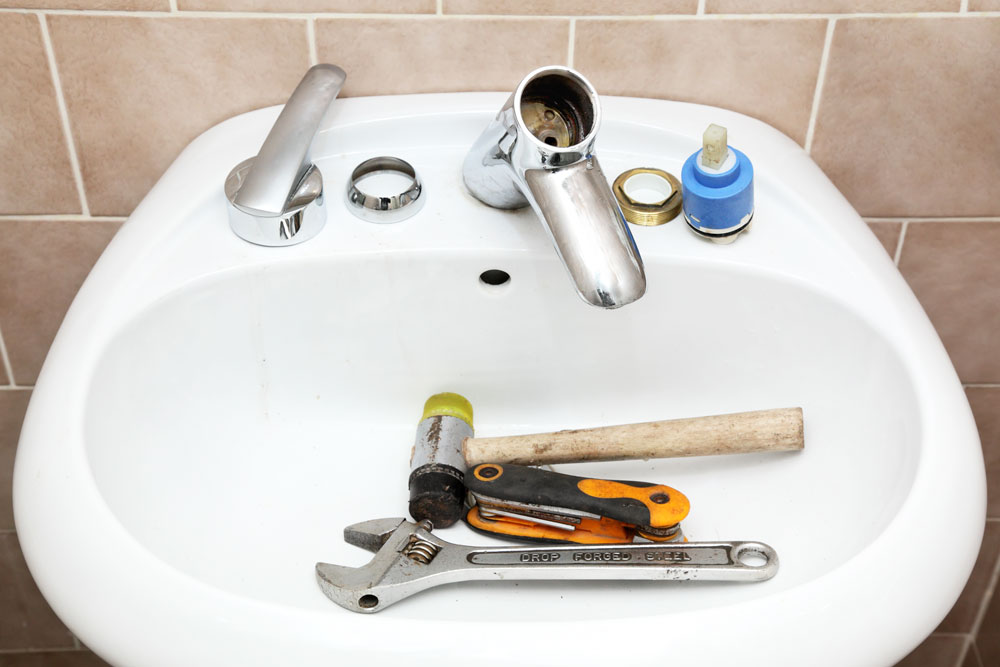
Water Pressure
Is your water pressure suffering? It could be as simple as cleaning the aerator, a job anybody can do. Pull the cap off the tap, check that the rubber washer hasn’t been dislodged and clean out the gunk in the aerator (you may need a small pin if debris has been caked in).

Frozen Eavestroughs
Frozen eavestroughs are a real pain. How do you prevent this from happening? Keeping the gutters clear of debris to allow the easy flow of water. Installing a screen over your gutters is something any homeowner should be able to do, which will prevent that debris from building up in the first place and still allow an easy path for water to travel. If you’re installing them yourself, ensure that you’re using safe ladder techniques: do not over reach.
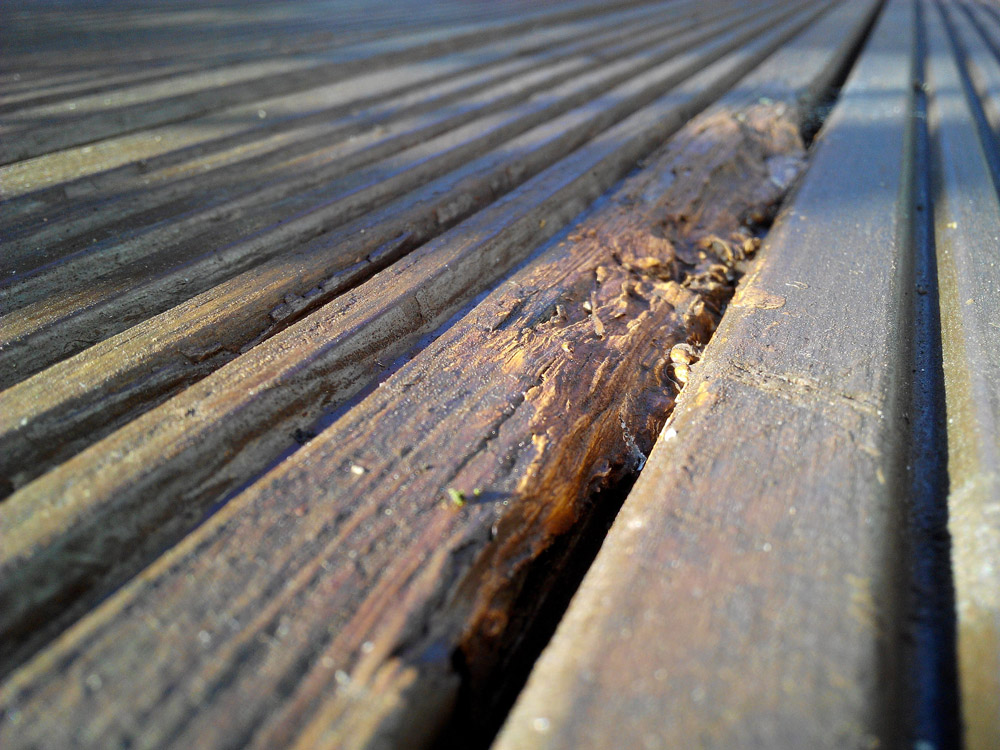
Deck Maintenance
Outdoor structures need maintenance too. Every spring should start with a visual inspection of your deck. If there is a board that has begun to rot or get mouldy, you want to replace it before it begins to spread. Replacing the occasional board should be a task most homeowners are capable of. Don’t forget to reseal the deck to protect it against water.
Here’s how to prolong the life of your deck, shed and other outdoor structures.

Wobbly Stair Railings
Shaky stair railings are an accident waiting to happen. First, check for any loose screws and tighten them. If that doesn’t do the trick, remove screws that don’t tighten properly, insert a drywall anchor and then reattach the screw. There are also products available at your local hardware store that will help reattach hand rails to your concrete and brick surfaces.
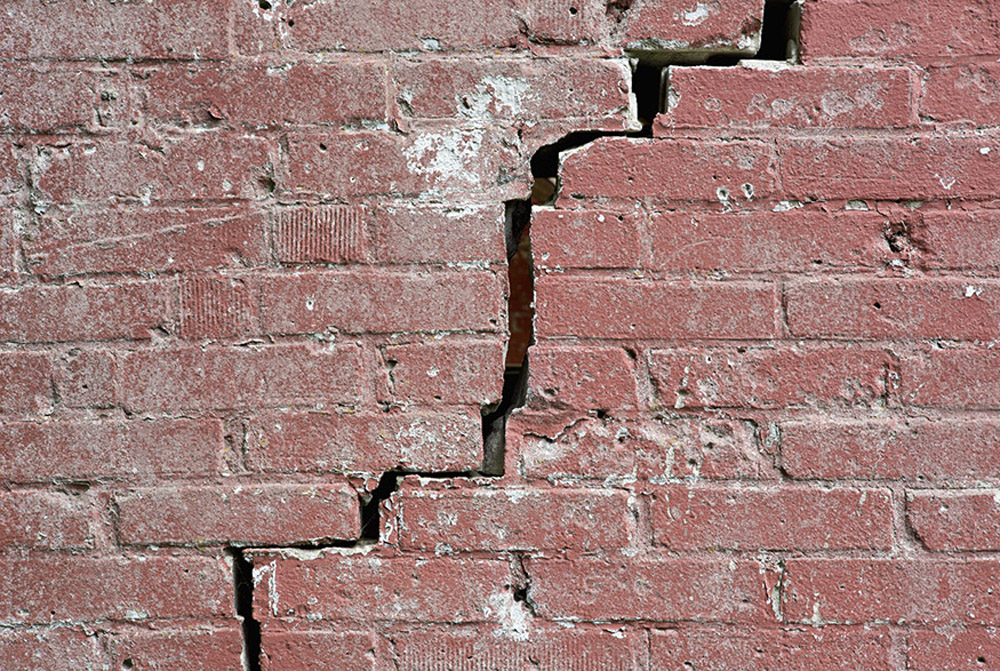
Small Foundation Cracks
Concrete naturally expands and contracts in warm and cool weather, so it’s natural that over time some cracking may occur. If you do see some cracks, don’t panic. Mark them with tape, and keep a close eye on them; if the cracks aren’t growing, making repairs may be within your capabilities. Clean the area around the crack, mist the crack with water, put your concrete repair product into the crack and scrape away excess for a clean finish. If cracks are larger or you’re concerned about water seeping into your home, call an expert.
Water is the enemy of every home. Here’s what you need to know about water leaks.
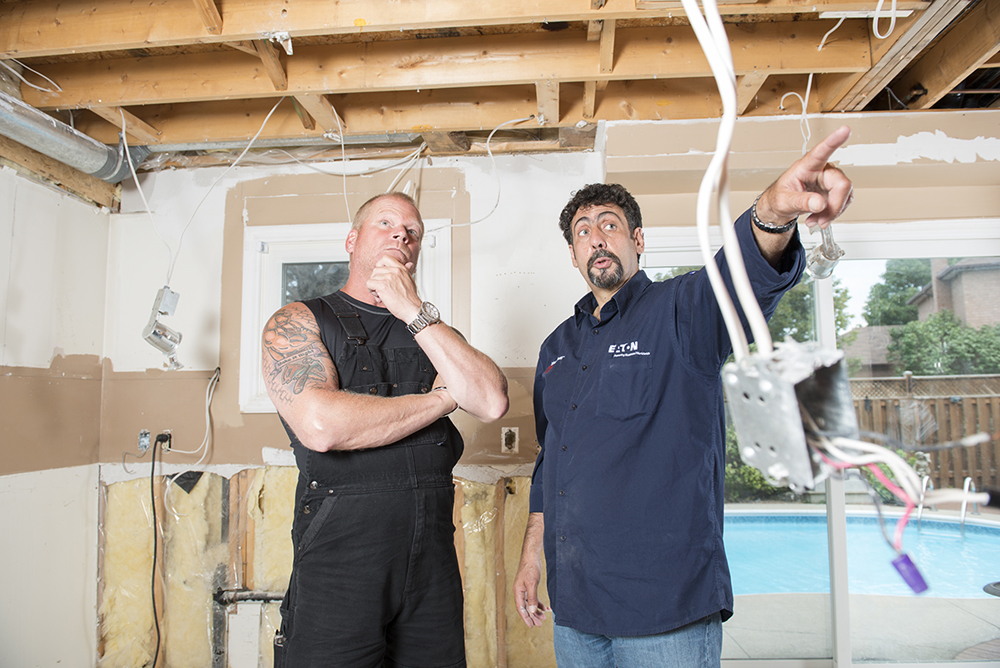
Electrical
Just kidding. I don’t even touch my own electrical set up. This is one area I always leave to the pros; and you should too.
HGTV your inbox.
By clicking "SIGN UP” you agree to receive emails from HGTV and accept Corus' Terms of Use and Corus' Privacy Policy.




